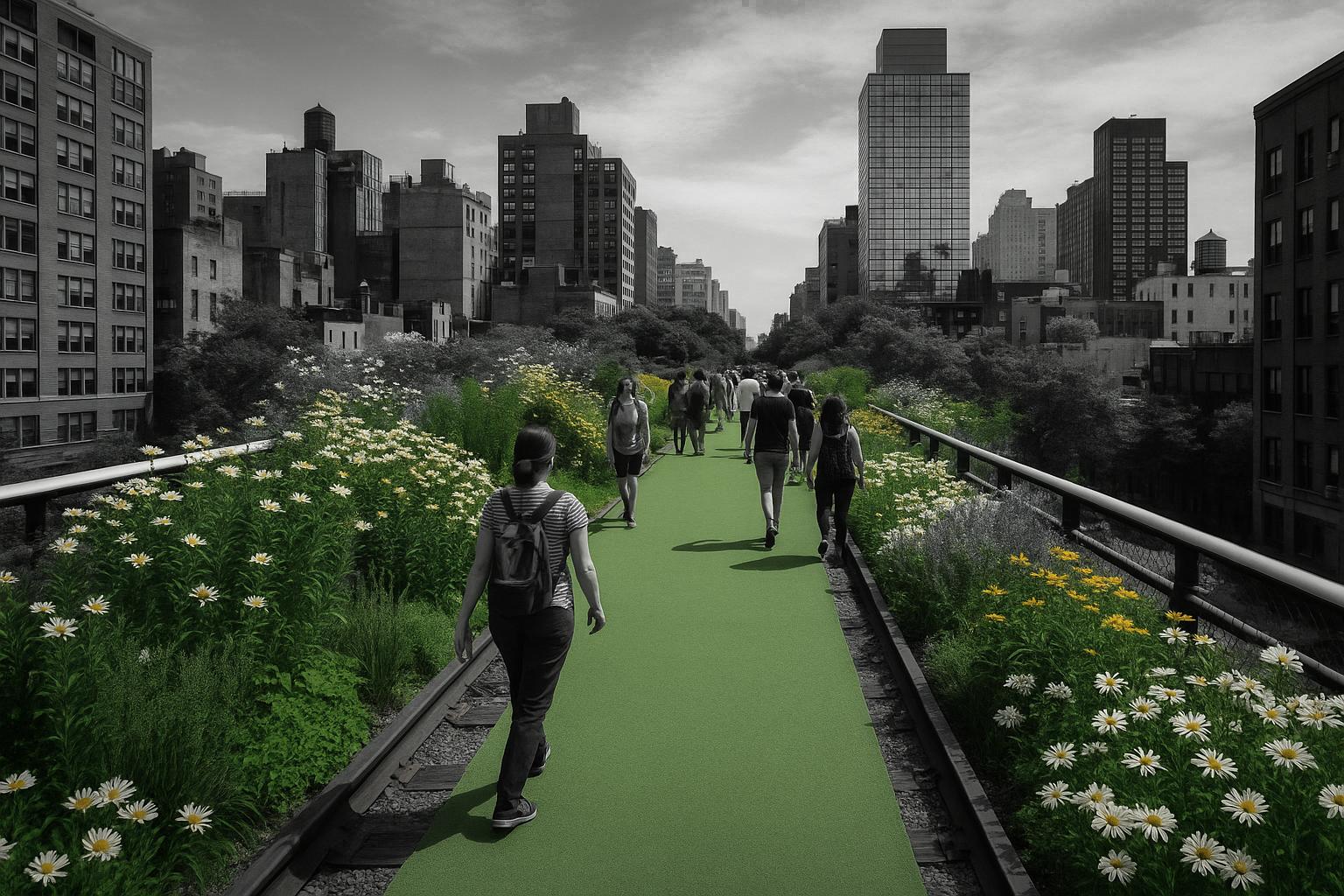As the modern railway marks its bicentennial, attention turns to the transformative potential of future railways in fostering sustainable, inclusive urban communities. Rail infrastructure has historically been central to the development of major cities worldwide, serving as a backbone to city economies and social cohesion. An online event convened by the Institution of Civil Engineers (ICE) on 7 October 2025 brought together influential figures in the rail sector to deliberate on how the railways of tomorrow can continue to connect cities through innovative, sustainable transport systems that not only support but actively create vibrant urban spaces.
The discussion, featuring leaders such as Alex Batey of Nichols Group, Matthew Carpen of Old Oak and Park Royal Development Corporation, Tom Olliver representing the MENA region, Chew Tai Chong from Arup’s APAC division, and Sam Uren from SLC, encompassed several pressing themes. A key focus was balancing the often competitive priorities of diverse city stakeholders to develop integrated transport networks that genuinely serve their communities. The speakers highlighted the necessity of making existing infrastructure more resilient in the face of climate change while aligning intercity rail systems seamlessly with broader urban mobility networks. This integration aims to enable smooth, people-centric journeys that foster economic growth, environmental stewardship, and enhanced quality of life.
Complementing these discussions, broader industry trends emphasise the role of rail in supporting community development by revitalising urban centres and curbing urban sprawl. High-speed rail, for example, has been recognised for attracting businesses and residents back to city cores, promoting transit-oriented developments (TOD) with mixed-use communities centred around stations. These developments, focusing on walkability and sustainable infrastructure, are instrumental in creating greener, more liveable urban environments. Equally, the electrification of railways alongside Intelligent Transportation Systems (ITS) promises to boost operational efficiency and safety while enabling station redevelopments that transform transit hubs into vibrant urban spaces, enhancing passenger experiences and promoting sustainable transport choices.
Innovative approaches, such as Over Site/Over Station Development (OSD), are emerging to commercialise underutilised rail assets and strengthen the business cases for new rail infrastructure and community projects. The ongoing redevelopment of Leeds Station exemplifies this approach, where new homes, jobs, and community facilities are integrated with rail enhancements, fostering cohesion and stimulating local investment. This model highlights how strategically situated rail infrastructure not only improves rural-urban connectivity but also catalyses inclusive economic and social benefits.
Looking ahead, industry experts stress the importance of multimodal integration within urban transport ecosystems. Visionary concepts propose urban train stations evolving into smart mobility hubs that connect seamlessly with on-demand transit, autonomous vehicles, and micro-mobility options such as e-bikes and e-scooters. Some even envisage future urban transport solutions incorporating advanced technologies like vertical takeoff and landing aircraft. This comprehensive approach is seen as essential to reducing greenhouse gas emissions and adapting to changing urban dynamics.
At the heart of this evolving narrative is the recognition that railways remain pivotal to shaping sustainable, resilient, and inclusive urban futures. The ongoing dialogue among leaders and stakeholders underscores the opportunity to leverage rail infrastructure to drive positive community transformations, bridging economic, social, and environmental objectives in cities around the globe.
📌 Reference Map:
- Paragraph 1 – [1], [2]
- Paragraph 2 – [1], [2], [7]
- Paragraph 3 – [4], [5]
- Paragraph 4 – [6], [5]
- Paragraph 5 – [7]
Source: Noah Wire Services
